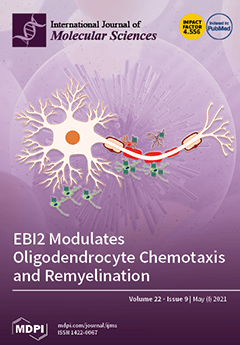Bacillus volatiles to control plant nematodes is a topic of great interest among researchers due to its safe and environmentally friendly nature.
Bacillus strain GBSC56 isolated from the Tibet region of China showed high nematicidal activity against
M. incognita, with 90% mortality as compared with control in a partition plate experiment. Pure volatiles produced by GBSC56 were identified through gas chromatography and mass spectrometry (GC-MS). Among 10 volatile organic compounds (VOCs), 3 volatiles, i.e., dimethyl disulfide (DMDS), methyl isovalerate (MIV), and 2-undecanone (2-UD) showed strong nematicidal activity with a mortality rate of 87%, 83%, and 80%, respectively, against
M. incognita. The VOCs induced severe oxidative stress in nematodes, which caused rapid death. Moreover, in the presence of volatiles, the activity of antioxidant enzymes, i.e., SOD, CAT, POD, and APX, was observed to be enhanced in
M. incognita-infested roots, which might reduce the adverse effect of oxidative stress-induced after infection. Moreover, genes responsible for plant growth promotion
SlCKX1,
SlIAA1, and
Exp18 showed an upsurge in expression, while
AC01 was downregulated in infested plants. Furthermore, the defense-related genes (
PR1,
PR5, and
SlLOX1) in infested tomato plants were upregulated after treatment with MIV and 2-UD. These findings suggest that GBSC56 possesses excellent biocontrol potential against
M. incognita. Furthermore, the study provides new insight into the mechanism by which GBSC56 nematicidal volatiles regulate antioxidant enzymes, the key genes involved in plant growth promotion, and the defense mechanism
M. incognita-infested tomato plants use to efficiently manage root-knot disease.
Full article






